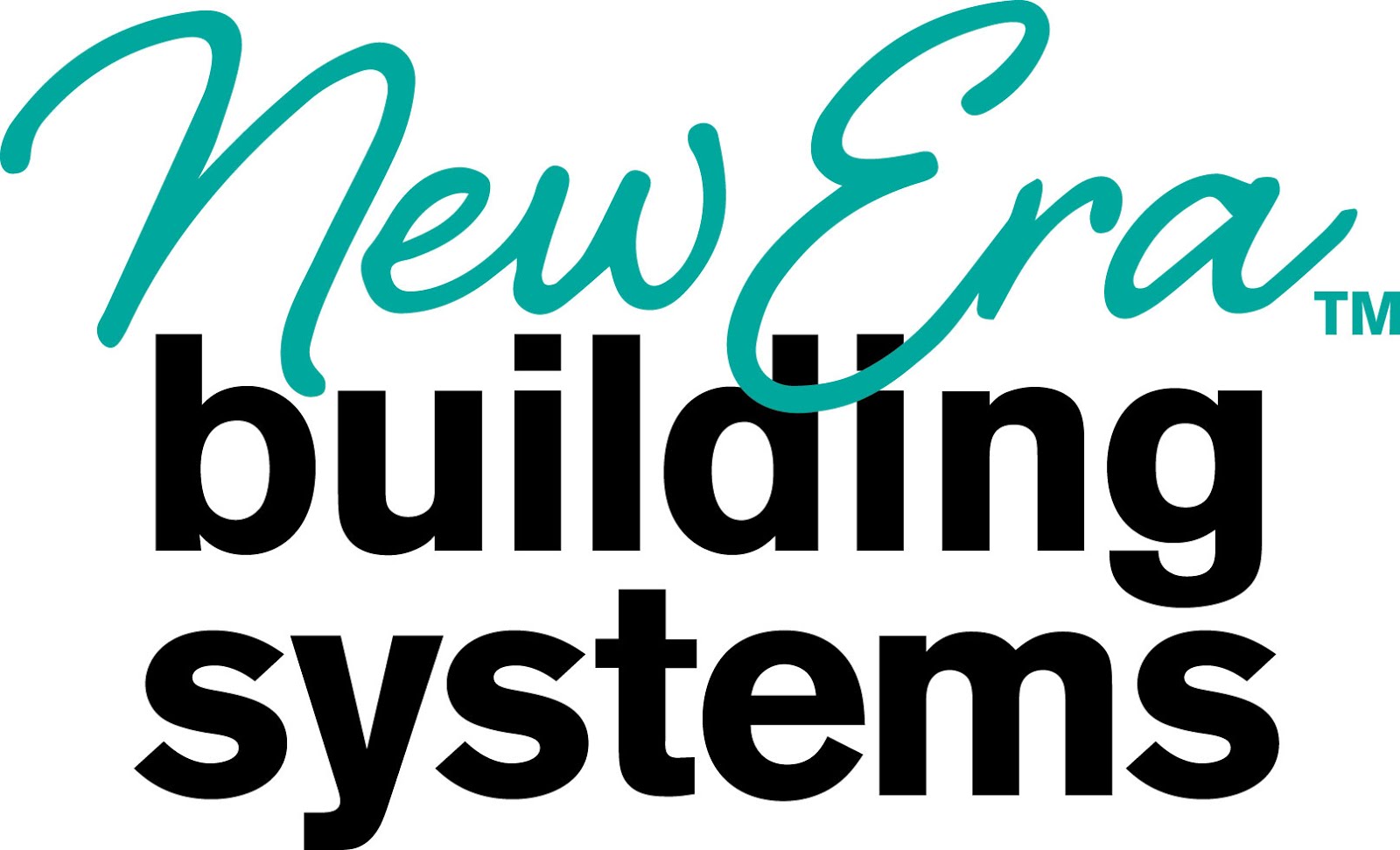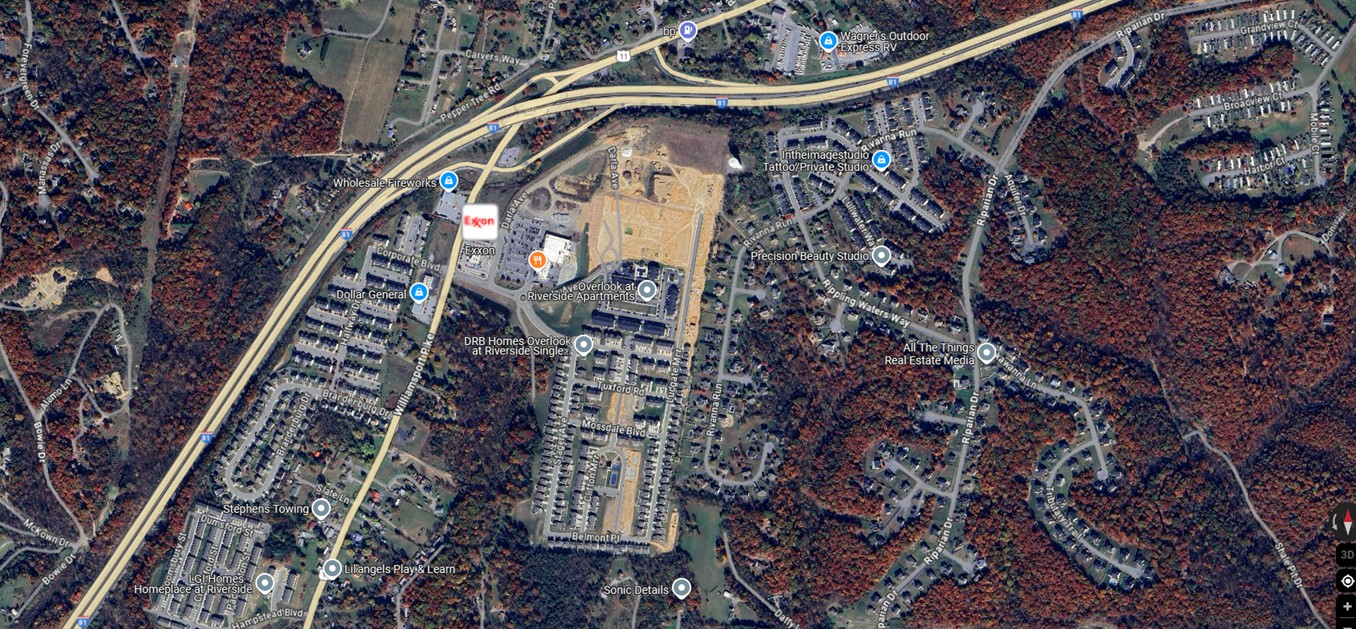When people hear the words “affordable housing,” they often imagine a straightforward fix: identify a piece of land, line up some builders, and voila — problem solved. But those of us who’ve watched community development unfold in real-time know that producing affordable housing — or any large-scale housing for that matter—is a massive, decades-long endeavor that makes even the most patient person’s head spin.
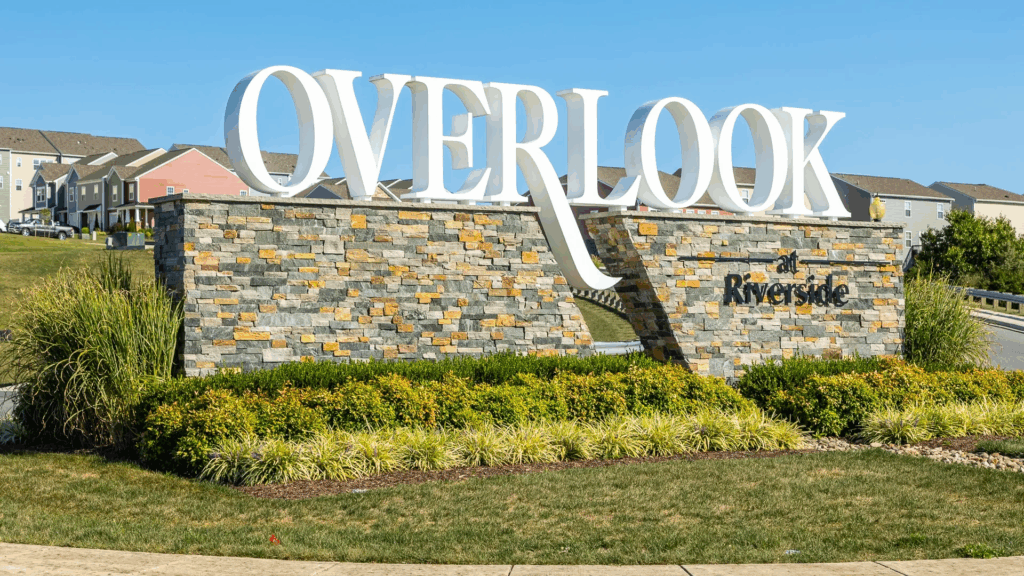
About eight years ago, I had a front-row seat to a transformation that perfectly illustrates this point. A new Food Lion supermarket began construction as the anchor of a small shopping center on a wide-open plot near an Interstate highway exchange, about 60 miles from Washington, DC. It looked like just another grocery store popping up on an empty field, but that supermarket was the first domino in a carefully orchestrated plan set into motion more than two decades earlier.
Not long after Food Lion opened its doors, a convenience store with gas pumps appeared beside it. Within months, hundreds of townhouses sprang up across the highway, and a sprawling multi-family and tract home development broke ground behind the shopping center. Soon enough, a Dunkin and a Dollar General opened across the road. Before long, what was once a quiet interchange had become one of the busiest and most commercially vibrant areas in the region.
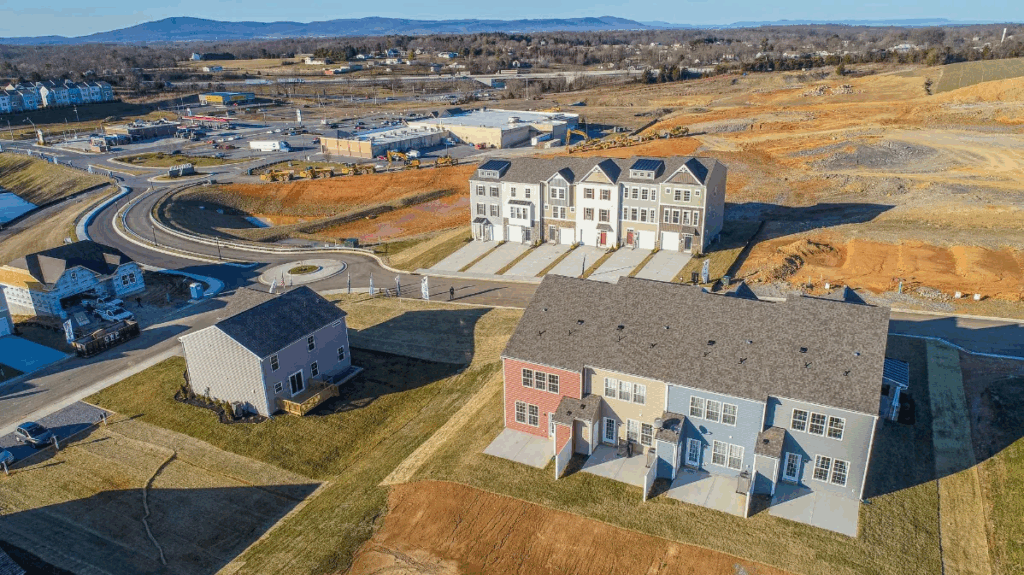
But what most people don’t realize is that all of this was written into the area’s destiny long before the first excavator blade touched the ground. Over twenty years ago, the state government took a hard look at the region and recognized it would soon evolve into a bedroom community for Washington, DC. They began planning for new sewer and water lines, expanded underground utilities, and meticulously modeled future traffic flows. Local governments and schools began preparing for the influx of new families, knowing they would have to more than double their capacity in a few short years.
When the day finally came to break ground on the supermarket, the land had already been secured by two major development companies. These companies had spent years collaborating with state and local agencies, ironing out every detail to ensure the project progressed smoothly without costly and time-consuming hiccups.
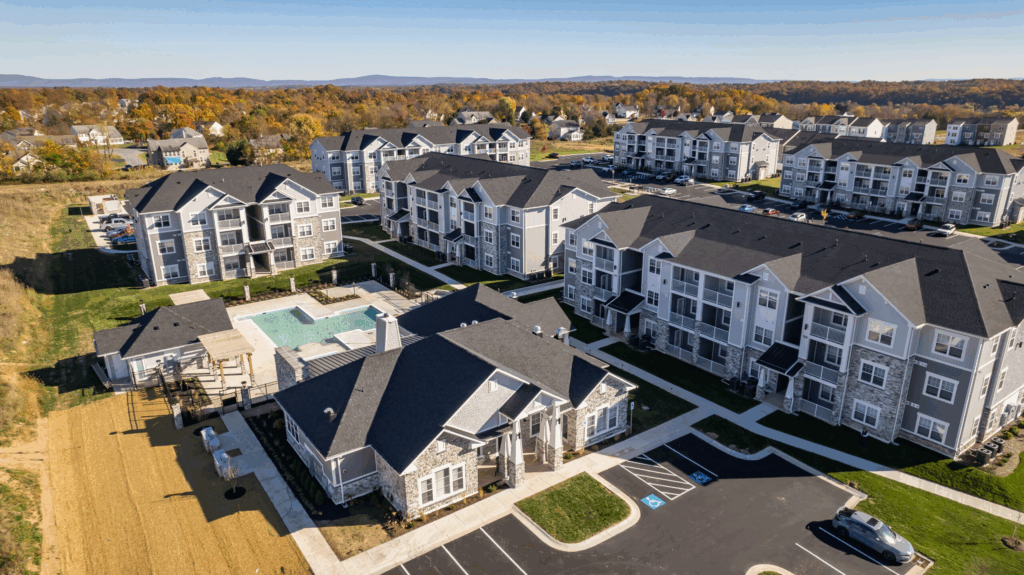
Today, the area looks completely built out — at least to the casual observer. But take a closer look. Another major tract builder arrived just last year, adding another hundred-plus homes to the community. And the rumor mill suggests an even larger housing development is quietly being mapped out behind the existing subdivisions.
This example highlights a reality that doesn’t often get discussed at city council meetings or community forums: large-scale housing isn’t a simple construction challenge; it’s a complex, interconnected web of infrastructure, utilities, public services, and long-term planning.
When planning boards review affordable housing proposals, they must consider far more than zoning and code compliance. They’re tasked with imagining the future shape of entire neighborhoods and the services needed to support them. Questions flood in: Can the current water treatment system handle the new demand? Will traffic gridlock paralyze the community? Are there enough schools, hospitals, and fire departments? And who pays for all these improvements before a single foundation is poured?
Affordable housing advocates often call for immediate action — and they should. The need is real, and the human stories behind it are urgent. But the public should also understand that solving this crisis is not as simple as sprinkling a little magic dust over an empty lot.
We’re talking about commitments that take decades to bear fruit. Investments in water mains, power grids, road expansions, public transit, and community services — all must come together seamlessly, like an orchestra playing a symphony.
So next time you hear someone say, “Just build more affordable housing,” think back to that supermarket. Remember the 10 years of planning that made that community bloom. The next affordable housing project in your town might already be on the drawing board today, but it could be another decade or more before it becomes someone’s new home.
That’s the reality behind the headlines. And it’s a reminder that while we must push forward urgently, we should also appreciate the sheer scale and effort required to build communities that truly work for everyone.
.
With over 9,000 published articles on modular and offsite construction, Gary Fleisher remains one of the most trusted voices in the industry.
.
CLICK HERE to read the latest edition
Contact Gary Fleisher



